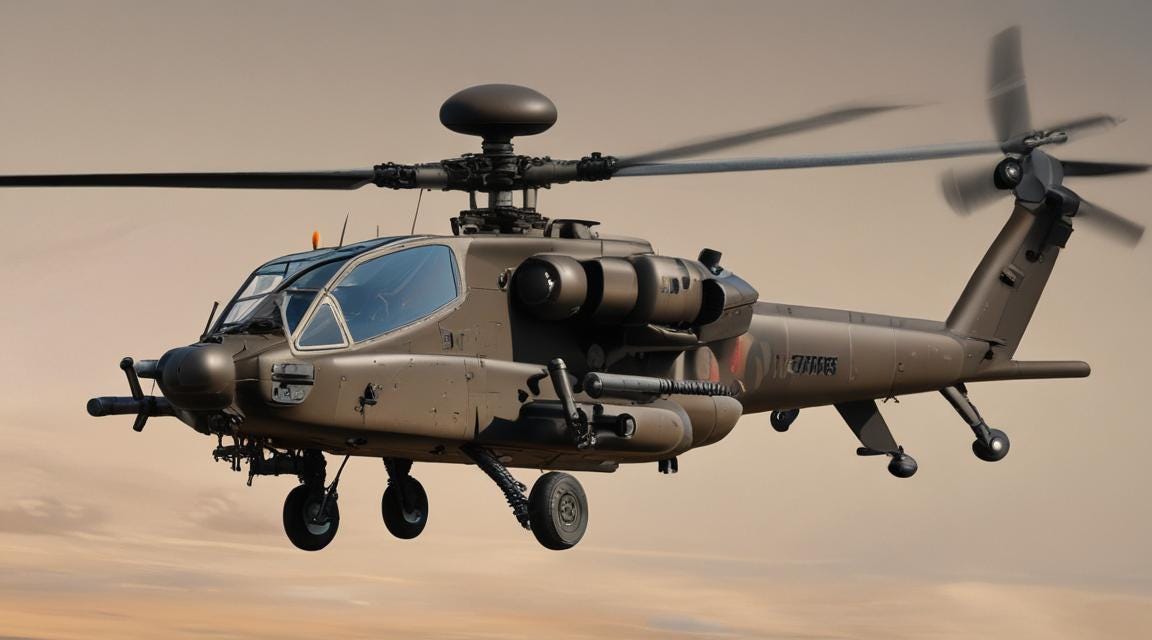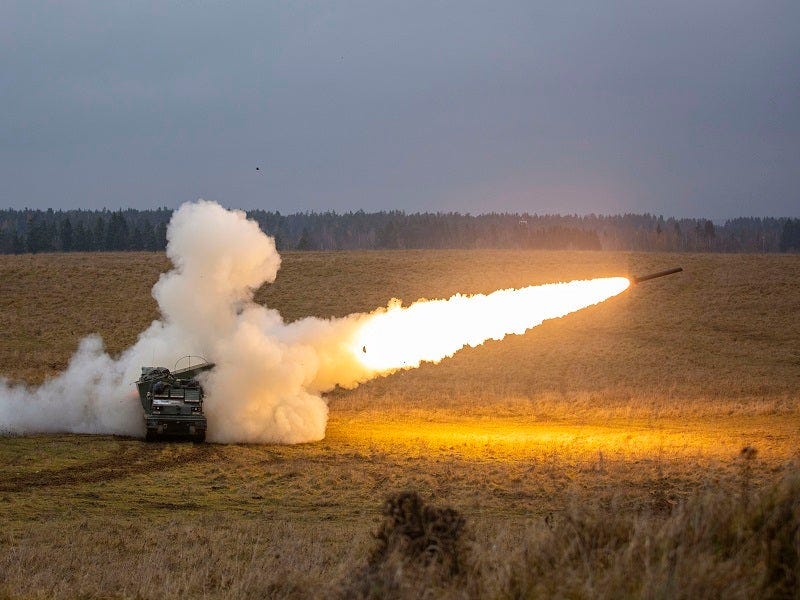If you want to help support the newsletter so more people learn about issues military members and Veterans face, feel free to do some of the following.
Share these articles with friends and family
Open new articles (even if you skim them) to increase the engagement for the algorithm.
If you haven’t already, subscribe (it’s free). If you want to sign up for an annual plan for $30, or a total of $2.50 per month, know that 100% of your proceeds will be donated to Veteran causes
Lastly, if these emails are going to your spam/junk folders, make sure to move them to your inbox
I subscribe to most, if not all, of the major military news sources. This includes Military.com, ArmyTimes, Stars and Stripes, Militarynews.com, etc. There was a period when it seemed like I was getting bombarded with articles referring to Army helicopter crashes. In fact, there were so many that I thought they were duplicative reports of prior accidents. I was mistaken.
While browsing my weekly emails, I stumbled upon a headline that caught my attention: 'Army Orders More Helicopter Pilot Training After Spate of 12 Crashes Kills, Injures Soldiers '. This is a disturbingly frequent issue that has been unfolding since October, with the Army averaging two helicopter crashes per month. Maj. Gen. Walter Rugen's stated, 'We've seen a troubling trend with our accident rates, and certainly any loss of life is 100% unacceptable. And then obviously, even when we have accidents that we lose the aircraft or severely damage the aircraft, we consider that unacceptable, too' (Beynon, 2024).
Both the Apache and Black Hawk helicopters were the main culprits in the accidents that caused 14 fatalities in 2023. But the Army is not standing idly by. It is taking proactive steps to prevent more of these tragedies. The plan? More training. Pilots will now receive an additional 4-6 hours of training, with a specific focus on spatial awareness and maintenance issues. This commitment to safety is reassuring, but is it enough?
I want to preface this by not knowing anything about flying or the training required to operate an Apache or Black Hawk helicopter. Despite this, I believe the Army should do more than a handful of hours of training. For example, when I was in the Army, there were Preventative Maintenance Checks and Services (PMCS) every Monday. Each Monday, I would spend half of the day checking all aspects of my M270A1 launcher. Ensuring the engine was operational, there weren't any leaks, the internal computer system was working correctly, the oil was changed, etc.
Would the Army send less-than-qualified pilots into the air? "We get into aspects of flight where the crew must reinforce how to revert back to knowing where you are and where your aircraft is with respect to the ground" (Beynon, 2024). This leads me to believe that pilot training may need more understanding of navigation and flying in mountainous terrain. These training courses are expected to be completed by May 10, 2024.
The reason I mention PMCS is because a memory randomly popped into my head while reading about all these helicopter crashes. I remember being a young private, and while doing PMCS on my launcher, I observed that my speedometer was broken. This certainly isn't a big issue in comparison to other vital components, such as the functions that fire rockets, and by no means makes the vehicle inoperable. I wrote down this speedometer issue on my maintenance form and submitted it per the maintenance protocol. Weeks and months passed as I continued to inform my unit every Monday that my speedometer was broken. I inevitably became confused as to why this issue wasn't immediately fixed. Wouldn't the Army want all their vehicles to be in the best shape possible? I remember asking my leadership if this issue would ever be fixed, and I was informed that the speedometer had been broken long before I was assigned to launcher B11. When I inquired why our unit wasn't fixing the maintenance issue, I was given the same generic speech that applies to almost all gear you are issued: the newest/ best equipment is provided to units that are actively deployed, budget issues, the necessity of the broken part, etc.
Could a similar situation have occurred with any of the 12 helicopters? My initial thought was that there was no possible way helicopter maintenance would ever be overlooked, considering that it would be significantly more dangerous. On the other hand, why did the Army take a dozen crashes to take an official stance on preventing more? Is 12 the magic number? Why were additional training protocols not implemented after two.. or four… not even after six crashes? I hope that this spatial awareness training ends up benefiting our pilots. However, I can't help but wonder what aviation's follow-up steps would be if these crashes continue and if they should have been implemented sooner.
What’s New With Me
I have completed my Six Sigma Black Belt course
I’m working with Military Veterans of America, a 501©(3) Nonprofit Organization. I am assisting in Academic Advising for Veterans and transitioning military members who need help getting prepared for civilian life




I have no doubts that U are most likely on a very important point about maintenance, but another thought occurred to me while reading this because, since 2021 car accidents have been noticably higher & it has already been stated that the "shots" cause neuro defects, which spike in accidents have been linked with. So my next question is, how many of those pilots got jabbed?? Because we both know most of the military didn't have much choice & a lot of them thought that it was actually better for them to get it.
You’re taking away from vital indoctrination training online and in person that justifies many non combat and non maintenance jobs, berths, sinecures and all who Support The Warfighter ™️ from a safe distance.
Also a great many software contracts.
You must hate Americans.
Clearly also you are for Rape, Racism and Transphobia, as well as probably a Russian Spy.
We don’t have time for this training and maintenance nonsense , soldier.